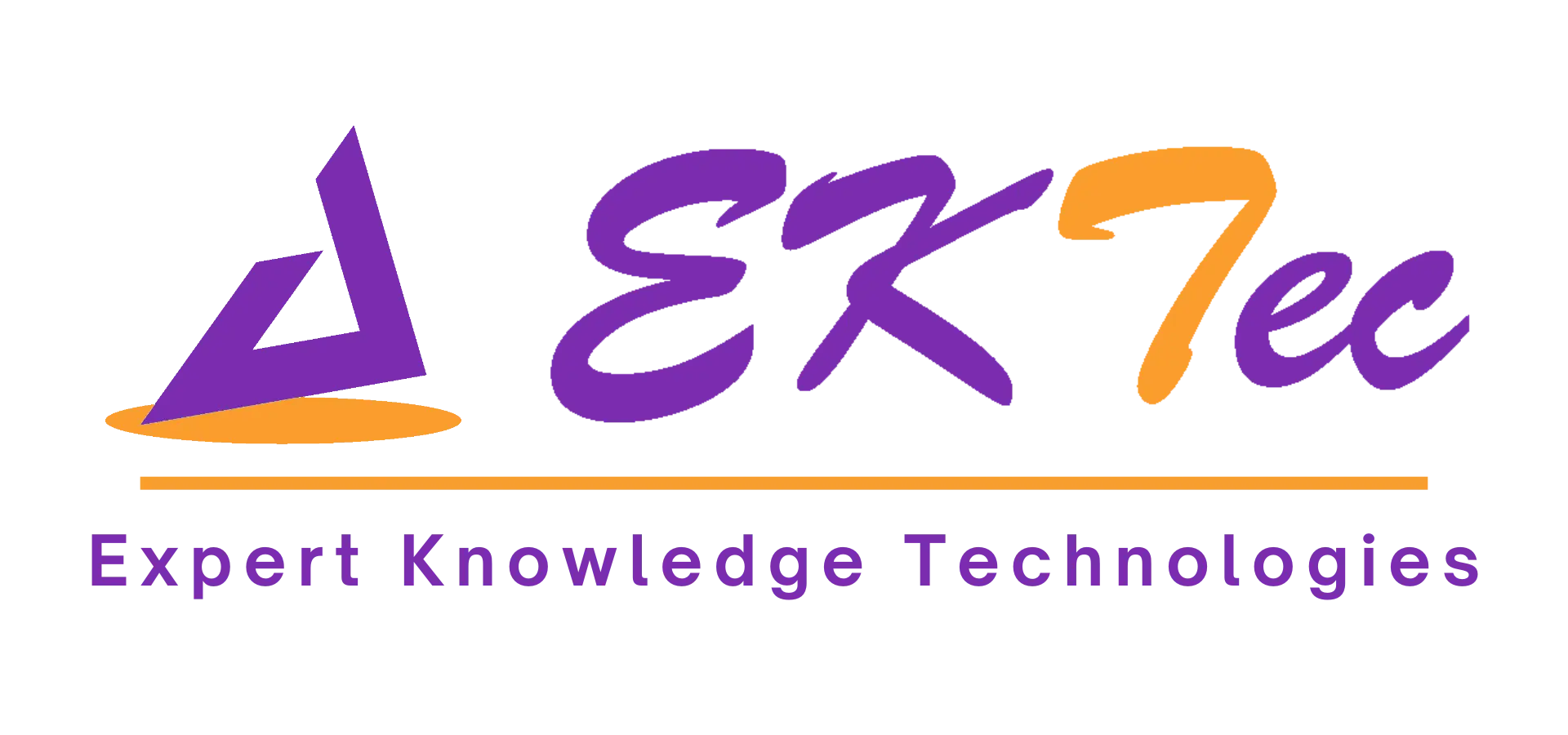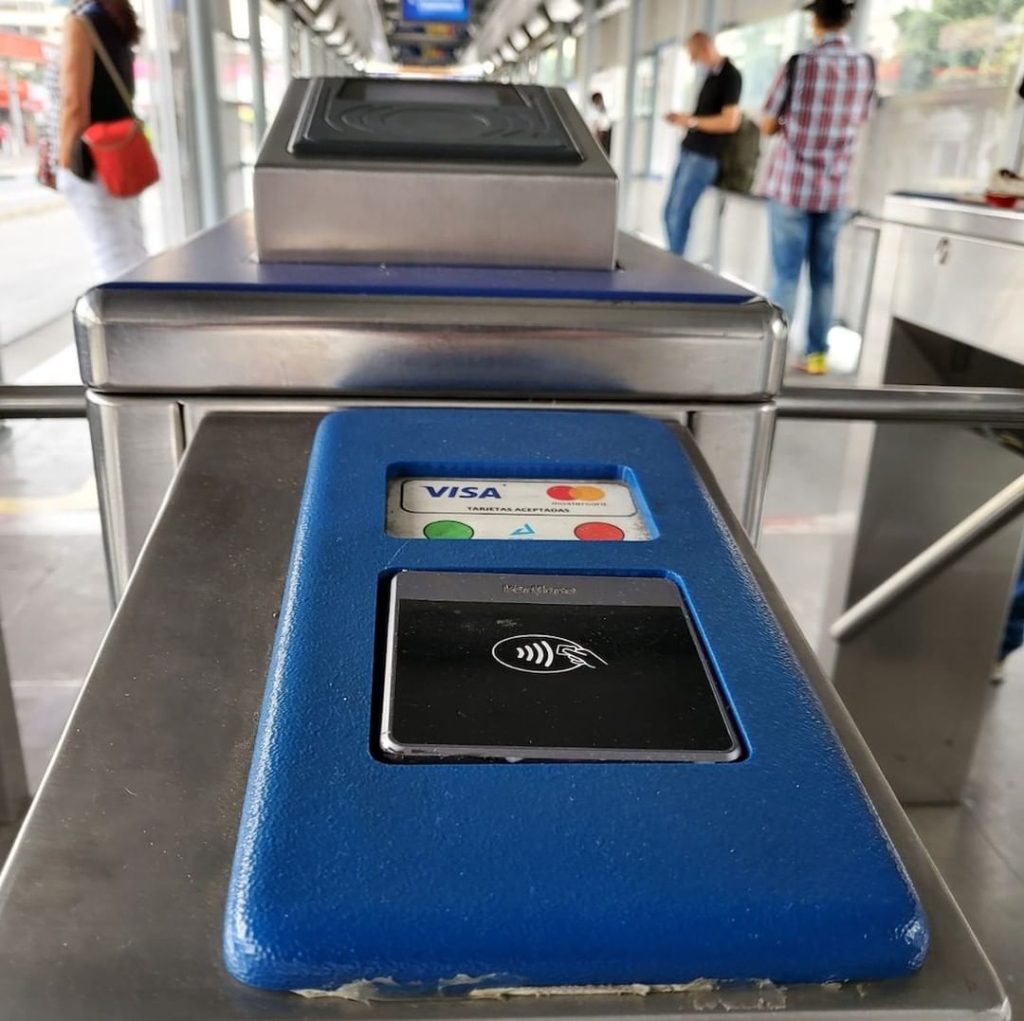Introduction
As urban mobility evolves, the technology supporting public transit must advance as well. Traditional fare collection systems, often custom-built and costly, are becoming relics of the past. Today, Fare Payments-as-a-Service (FPaaS), a model akin to the Software as a Service (SaaS) frameworks used in various business sectors, is revolutionizing how fare collection systems are deployed and managed.
The Rise of SaaS in Transit
Historically, businesses have moved away from bespoke systems in favor of shared software platforms that offer cutting-edge technology on a ‘Pay-as-you-Go’ basis—from Salesforce for CRM to Google and Microsoft for office tools. Similarly, FPaaS offers a modern approach to fare collection, eschewing the need for expensive, custom-built solutions for a more flexible and cost-effective shared platform model.
Challenges of Traditional Fare Collection Systems
Automated Fare Collection (AFC) systems were once bespoke projects that transit agencies were locked into for decades, often requiring expensive updates and prolonged deployment periods. This old model—Design, Build, Operate, Maintain (DBOM)—led to systems that were costly and slow to evolve.
What FPaaS Brings to Public Transit
FPaaS, similar to systems like EKTEC’s OPCS, shifts away from these standalone, expensive technologies towards a scalable, multi-agency platform. This service offers:
- Reduced Costs: Shared costs on a built platform means lower total ownership costs.
- Quick Deployment: Systems can be launched quickly because the foundational technology is already developed.
- Continuous Updates: Regular updates without additional costs enhance functionality and security.
The Mechanics of FPaaS
Implementing FPaaS involves using a shared platform where multiple transit agencies utilize the same system, configured to their specific needs. This not only makes deployment quicker and less expensive but also allows for frequent and seamless updates.
Real-World Example: EKTEC’s OPCS Systems
EKTEC’s OPCS Systems are a prime example of FPaaS in action. These systems provide:
- Mobility-as-a-Service (MaaS) Integration: Seamless integration with other MaaS services through open APIs, enabling a cohesive travel experience across different modes of transportation.
- Account-Based Ticketing: Offering travelers the convenience of account-based ticketing using smartcards or mobile NFC technologies, which simplifies the fare collection process and enhances the user experience.
Benefits of FPaaS
- Reduced Total Cost of Ownership: Because the system is pre-built and costs are amortized across multiple users, capital investment and maintenance costs are significantly reduced.
- Speed: The pre-developed platform can be swiftly configured to new agencies, drastically cutting down deployment times.
- Future-Proof: Continuous enhancements and new features keep the system at the forefront of technology, removing the burden of significant upgrades from the agencies.
- Enhanced Accessibility: By enabling features like account-based payments and integration with other transit services, FPaaS platforms help increase public transit ridership by making it more accessible and user-friendly.
Conclusion
FPaaS represents a significant step forward in the evolution of public transit fare collection. By leveraging shared platforms like EKTEC’s OPCS, transit agencies can not only save costs and reduce deployment times but also offer their users a more integrated and convenient experience. As cities continue to grow and seek efficient transit solutions, FPaaS stands out as a key enabler of modern, responsive urban mobility.

